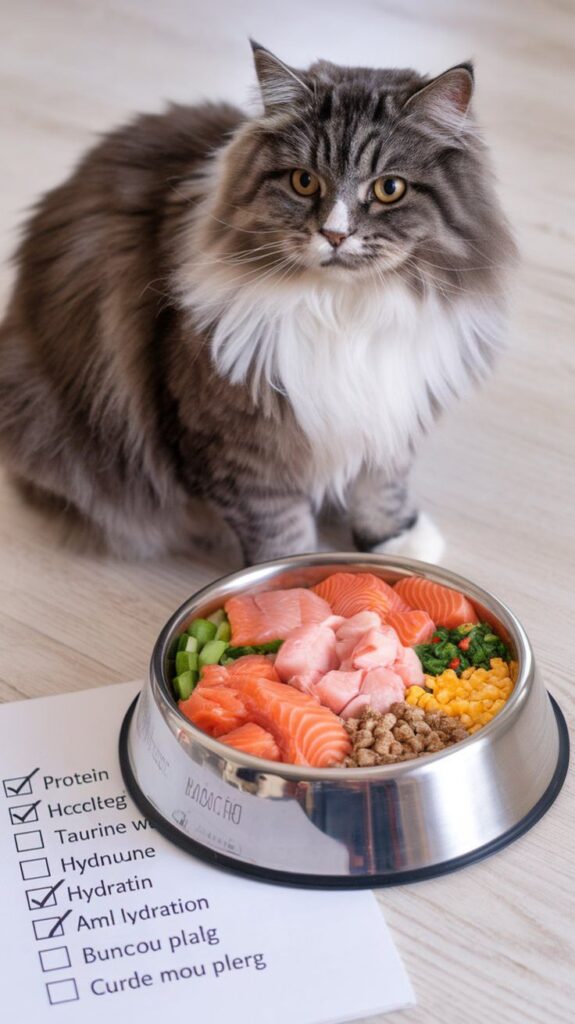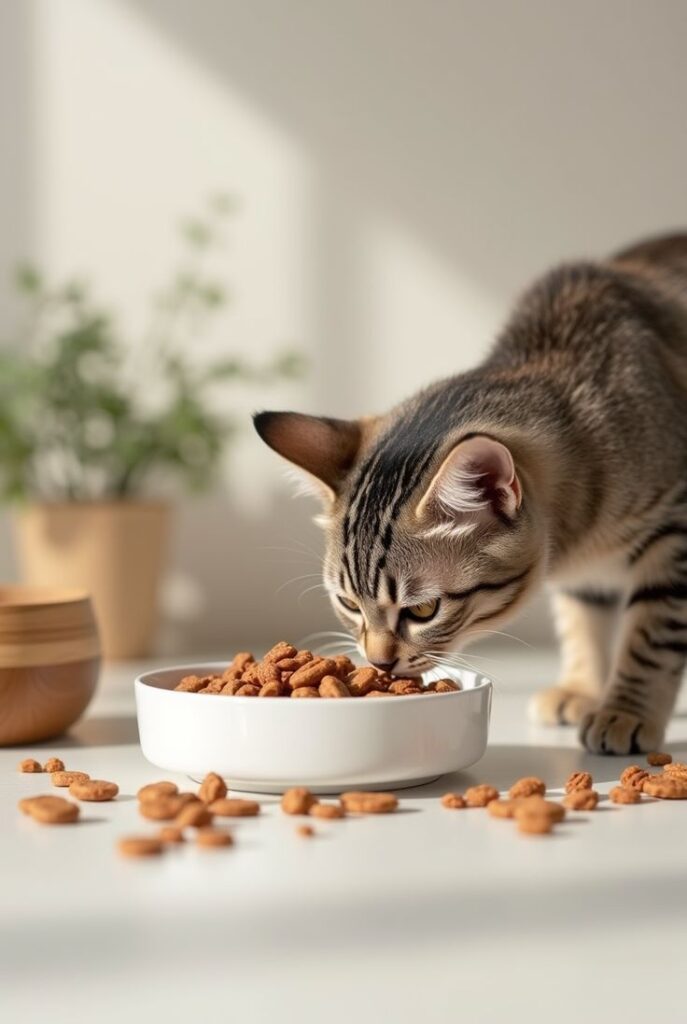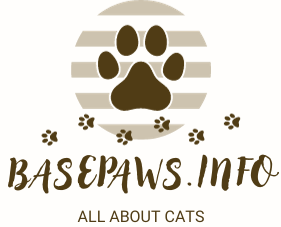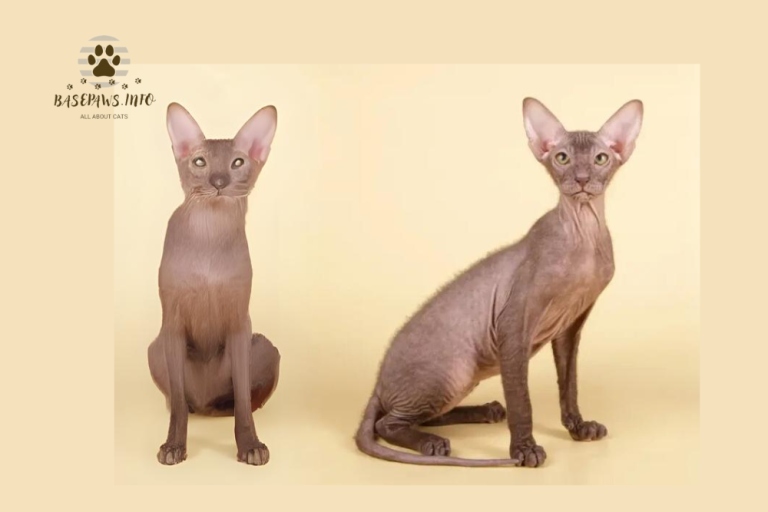Cat Nutrition 101, Wet vs Dry Food and How to Choose the Best Diet for Your Cat
Learn the basics of cat food, including nutrition, the needs of each life stage, the difference between wet and dry cat food, and how to choose the best food for longevity and overall health.
Detailed resources on cat nutrition
The true importance of cat food

Cats are obligate carnivores, so they rely on their food for taste and nutrition.
A lack of essential vitamins, amino acids, and healthy fats in your cat’s food can ultimately lead to serious health problems, including metabolic, heart, and eye problems.
This is biology, not gourmet cuisine
Choosing healthy cat food will reduce illness and veterinary costs while keeping your pet comfortable and active.
What this really means is, spend time on labels, compare formulas, and consider hydration needs when you pick best cat food for your pet.
Understanding your cat’s natural diet
Cats have evolved to eat their prey whole, providing their bodies with the right balance of protein, fat, water, and micronutrients.
Cat nutrition relies on nutrients like taurine, arachidonic acid, and preformed vitamin A, which plant-based sources do not provide reliably.
This is why kitten food and adult diets mimic animal tissues rather than plant mixes. What this really means is, prioritize animal proteins in any cat feeding guide you follow, and be cautious about trendy swaps.
The Big Three Types of Cat Food
Dry food delivers convenience and calorie density, dry cat food often keeps better on shelves, but it has low moisture. Wet food provides hydration, wet cat food tends to taste better, and raw or raw food claims to be natural but comes with the risk of bacterial contamination.
When comparing wet and dry cat food, consider hydration levels, dental care strategies, and appetite.
The right balance depends on your cat’s age, health, and preferences.
If the changes are slow, you can safely mix sizes.
How to Avoid Being Tricked When Reading a Cat Food Label
A label that claims “complete and balanced” mentions standards like AAFCO standards, yet marketing jargon might disguise inadequate protein quality.
. Ingredient order reflects weight before cooking, so the first item might be water-rich meat, not pure protein.
Check to see if the cat food clearly lists essential nutrients such as taurine, and to make sure the protein to fat ratio has been analyzed.
What this really means is, use the label to check for adequacy, not to trust claims alone.

Key Nutrients Every Cat Needs
Cats need high quality protein and specific amino acids, especially taurine in cat food which supports heart and eye health. Essential fatty acids, vitamins A and D, and certain B vitamins are nonnegotiable for feline health.
If a diet is labeled balanced diet for cats it should meet those needs, but homemade or raw mixes often miss micronutrients. Always confirm nutrient completeness when you choose premium cat food or prepare home meals.
Choosing the Right Cat Food for Your Cat’s Life Stage
Kittens require nutrient density and growth support, so kitten food has higher calories and protein than adult mixes. A senior cat diet helps reduce age-related decline because seniors frequently require modified energy levels and physical support.
To prevent GI distress, gradually switch up your diet while keeping an eye on your weight and coat condition. In actuality, life stage formulas are in place for a purpose, and age-appropriate meal matching is straightforward, high-impact care.
Particular Foods and Medical Conditions
In order to treat diseases like kidney illness, urinary tract issues, and obesity, prescription cat food modifies protein, phosphorus, and sodium. For therapeutic diets, always heed your veterinarian’s advice.
Hydrolysed proteins or new proteins are used in hypoallergenic cat food and digestive health diets to lessen reactivity. Tests and an elimination trial will determine the best course of action if your cat has persistent gastrointestinal or skin issues.
Unusual and Popular Diets
Grain-free cat food, grain-free diets, and replacing grains with potatoes or pulses. When experimenting with new combinations, carefully check taurine and heart health because in certain animals, such swaps caused unforeseen cardiac difficulties.
Raw cat food and diets raise the danger of bacterial infections and nutritional mistakes. Customised additives and laboratory testing are necessary for homemade diets, including cat diets. This actually means that although trends may seem reasonable, there are actual trade-offs involved.
Common feeding mistakes to avoid
Free-feeding promotes overeating and obesity, and frequent food changes often cause diarrhea and vomiting.
Combining different brands can make it difficult to determine which product is causing the problem.
Regular feeding is beneficial for cats as it improves their appetite and digestion.
To maintain optimal body condition, weigh your cat once a month and adjust its intake according to the recommended intake. Impact of cat food on the environment
To reduce the impact, organic cat food manufacturers are experimenting with new proteins such as dietary and insect byproducts.
Low-exposure, lab-grown sources are promising, but first make sure the nutrients are complete and acceptable.
Packaging decisions impact waste.
This means you can choose products that are less harmful without compromising your cat’s nutritional needs, but be sure to read labels and brand transparency.
Bottom line: Feed your cat a nutritious diet.
Choosing your cat’s food will reduce the risk of disease and improve their quality of life Eating is both daily care and preventive medicine. Keep it simple, focus on animal protein, and manage changes with controlled research. If you’re unsure, ask your veterinarian for a cat feeding guide, look for reviews, and choose products that meet AAFCO guidelines and have important nutrients listed.
Item from the Quick Nutrient Comparison Table Cat food that is dry, wet, or raw Wetness Low to High Variable Protein quality varies frequently and is dependent on pathogen preparation risk. Low to moderate Superior for Convenience Hydration and palatability Only when professionally balanced

Qn As
As Q1: Which cat food is ideal for the majority of cats?
A1: Choose the best cat food that contains taurine, complies with AAFCO guidelines, and lists animal protein first.
Q2: Wet or dry cat food, which is healthier?
A2: Wet cat food gives more hydration, dry cat food is convenient, mix them based on your cat’s needs.
Q3: Can I feed a cat a homemade diet safely?
A3: Only a veterinary nutritionist’s formula, vitamins, and laboratory testing can make homemade work.
Question 4: How can I prevent food allergies in cats?
Answer 4: To find the trigger, use an elimination diet or hypoallergenic cat food, then reintroduce protein.
Question 5: How should I respond to recalled cat food?
A5: Stop feeding your cat food, follows the recall instructions, contact your veterinarian if your cat develops symptoms, and register for recall notifications.
The truth about cat food is that it is the foundation of your cat’s happiness and health. It’s more than just a morsel on a plate. A healthy diet nourishes all of your dog’s organs, from the kidneys to the heart, giving them energy and a shiny coat. However, not all cat food ingredients are created equal.

It’s easy to get caught up in the marketing hoopla surrounding wet cat food, dry cat food, and the latest grain-free cat foods. The most important factors are quality, balance, and understanding what your cat really needs.
Smart food choices today mean fewer trips to the vet tomorrow and your cat not just surviving, but thriving.






